As another climbing season approaches, your interests have turned to Mera Peak in Nepal. Towering almost 6,500 meters above its base in the renowned Khumbu region, its slopes have long attracted mountaineers. Are you ready to take on its challenges through careful preparation?
The Khumbu area has drawn climbers since the 1950s, with its beautiful mountain scenery and Sherpa culture. Iconic peaks like Ama Dablam and Cholatse rise above vibrant valleys in Everest's shadow. Within this stunning landscape, Mera Peak stands sentinel above the glaciated north ridge route - a technically straightforward but physically demanding climbing objective over 6,000 meters.
Reaching Mera's summit will require sustained training for months ahead. You'll need to build strength, endurance and technical skills to handle the altitude safely. Are you prepared to commit the work needed for this Himalayan expedition? If you dedicate yourself to thorough preparation, Mera Peak could mark your next high-altitude success in Nepal's stunning Khumbu region. The journey begins - will you rise to the challenge it presents?
Mera Peak is located east of Lukla in the Khumbu region of Nepal. Standing at 6,654 meters, it towers over the surrounding area and provides excellent views of mountains like Ama Dablam and Thamserku when weather permits. The north ridge route offers a moderate climb up the mountain, making it achievable for experienced hikers looking for an altitude challenge.
This has made Mera Peak a popular training objective for higher Himalayan peaks. Culturally, Mera Peak holds significance for local Sherpa communities who perform religious ceremonies and make offerings at shrines located at high altitudes on the mountain.
Many porters and guides start their mountaineering careers in this area as it provides good acclimatization opportunities. The standard climbing seasons are September-November post-monsoon and March-May pre-monsoon when weather is generally more stable. Snow conditions may require technical equipment like crampons or ice axes at certain times. Physically, ascending Mera Peak is demanding.
Long days of steep climbing are required to reach the summit through increasing altitudes. The technical north ridge involves ropes and good footwork. Strong fitness levels and prior high altitude exposure are important for safe ascents. Conquering this peak rewards climbers with beautiful close up views of the surrounding mountain scenery like Ama Dablam. Proper planning and preparation are key to successfully summiting Mera Peak.
Here are some tips to get in shape for trekking up Mera Peak:
Start with day hikes near your home on varied terrain. Gradually increase distance by adding more weight to your backpack. Build up to long 20-30 km hikes on mountain trails. Trekking uphill trains key muscles.
As hikes get longer, pack your backpack with 5-10 kg of weight to simulate carrying gear at altitude. Carrying more load prepares you for the climb.
Add intervals - hike faster sections, then slow down to recover. Alternating speeds conditions your cardiorespiratory system for altitude changes.
Do lower body exercises like squats and lunges 2-3 times a week. Workouts that use your core like planks improve stability. This readies muscles for sustained exertion.
Time If possible, do shorter practice climbs to moderate altitudes of 3000-4000 m, 1-2 months before. This helps your body adapt gradually to less oxygen.
With consistent training that incorporates hiking, load carrying, intervals and strength work, your body will be physically prepared to handle the demands of trekking to Mera Peak. Proper conditioning will allow you to safely reach the summit in your best possible shape and enjoy the majestic marvel that is Mera Peak.
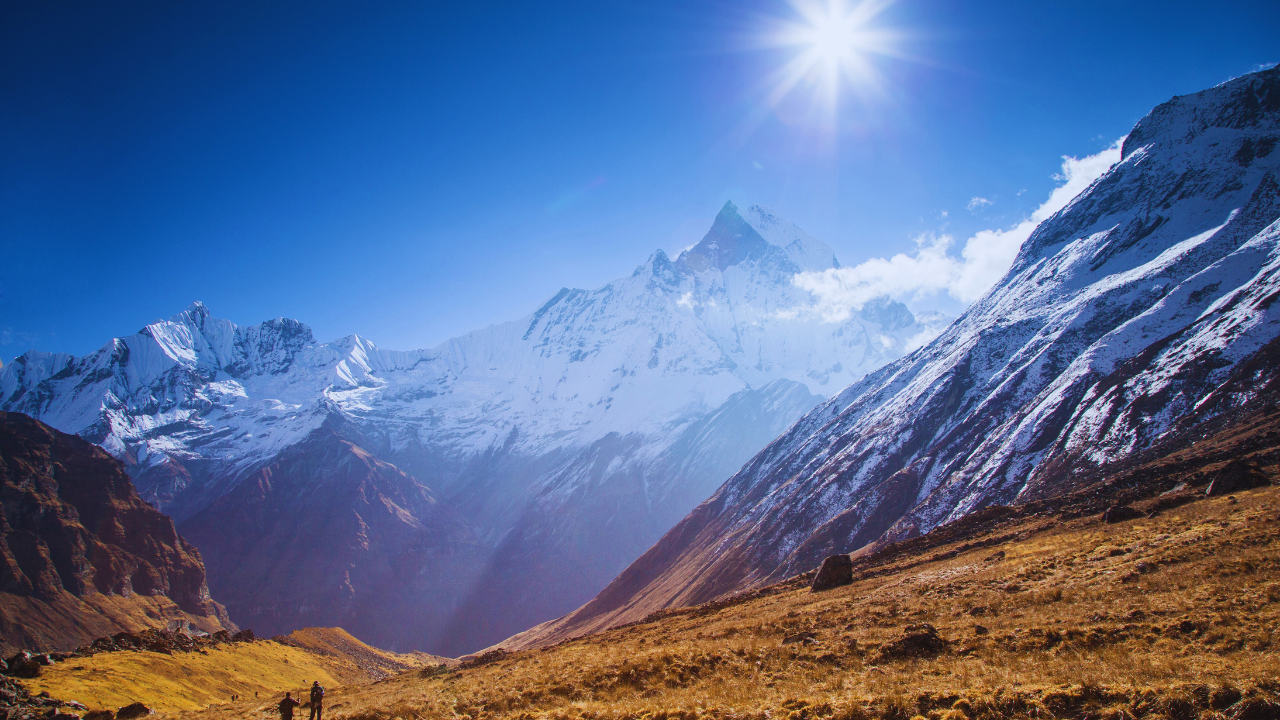
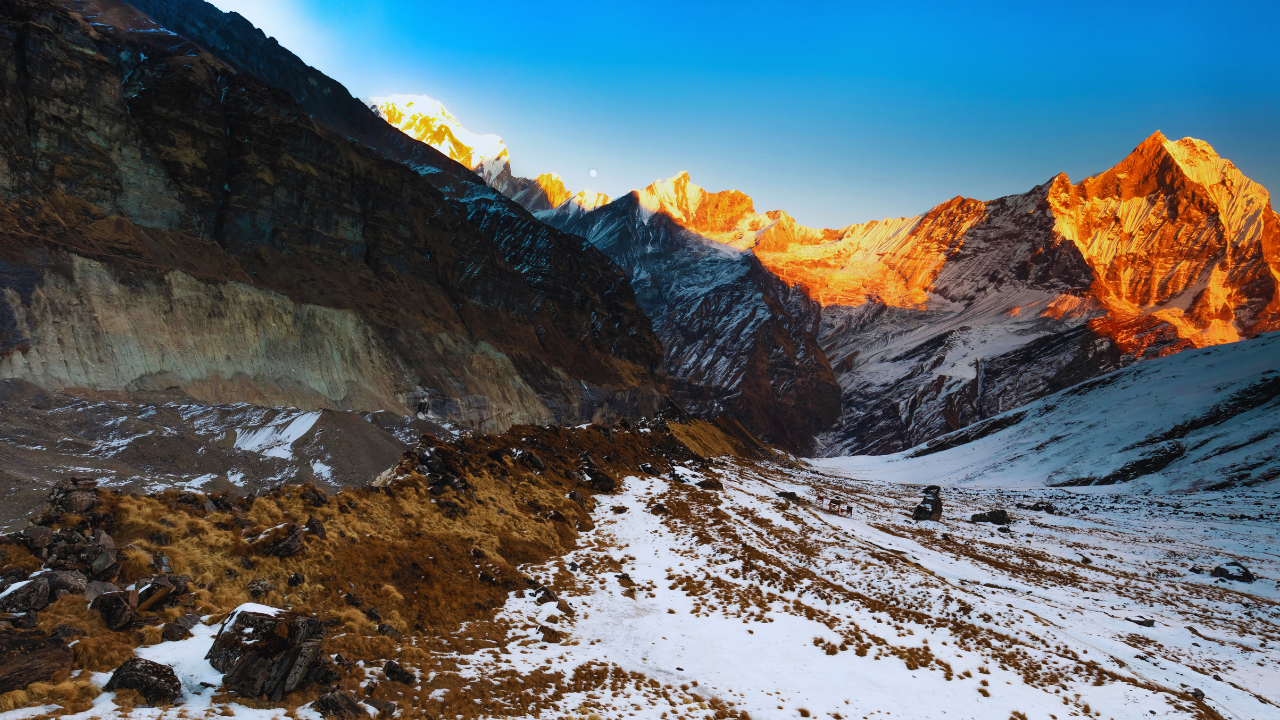
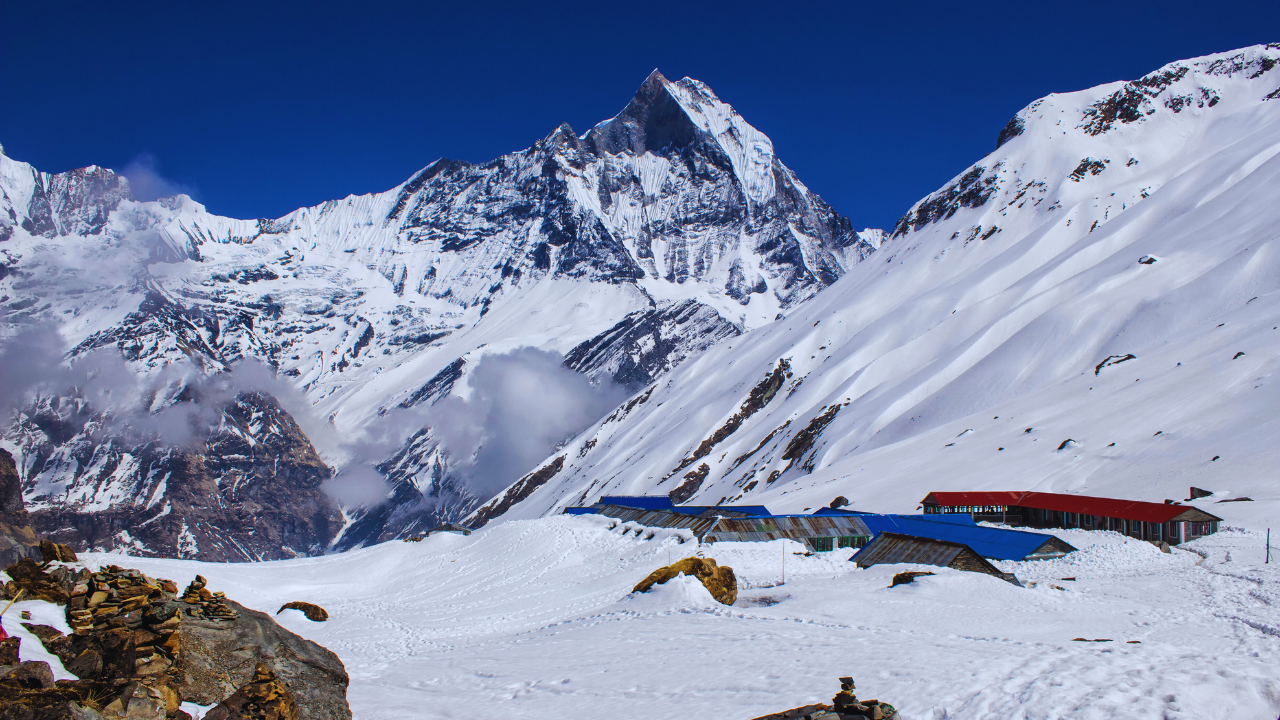
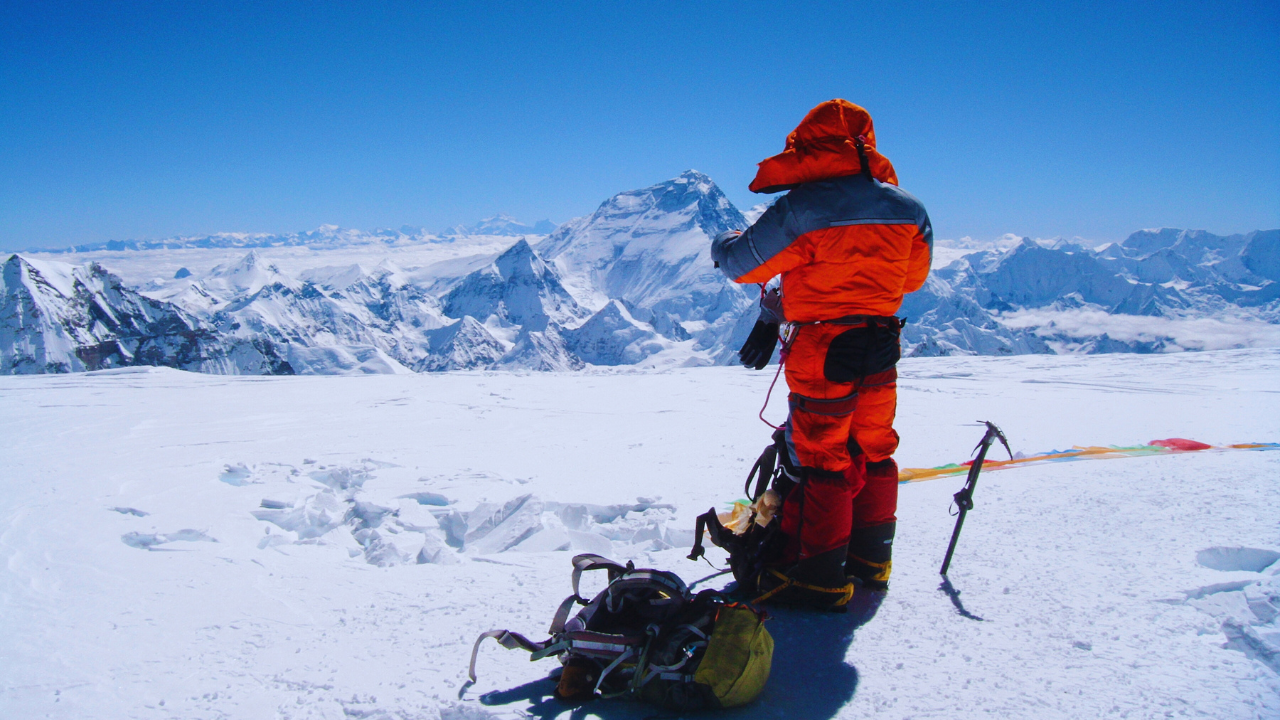



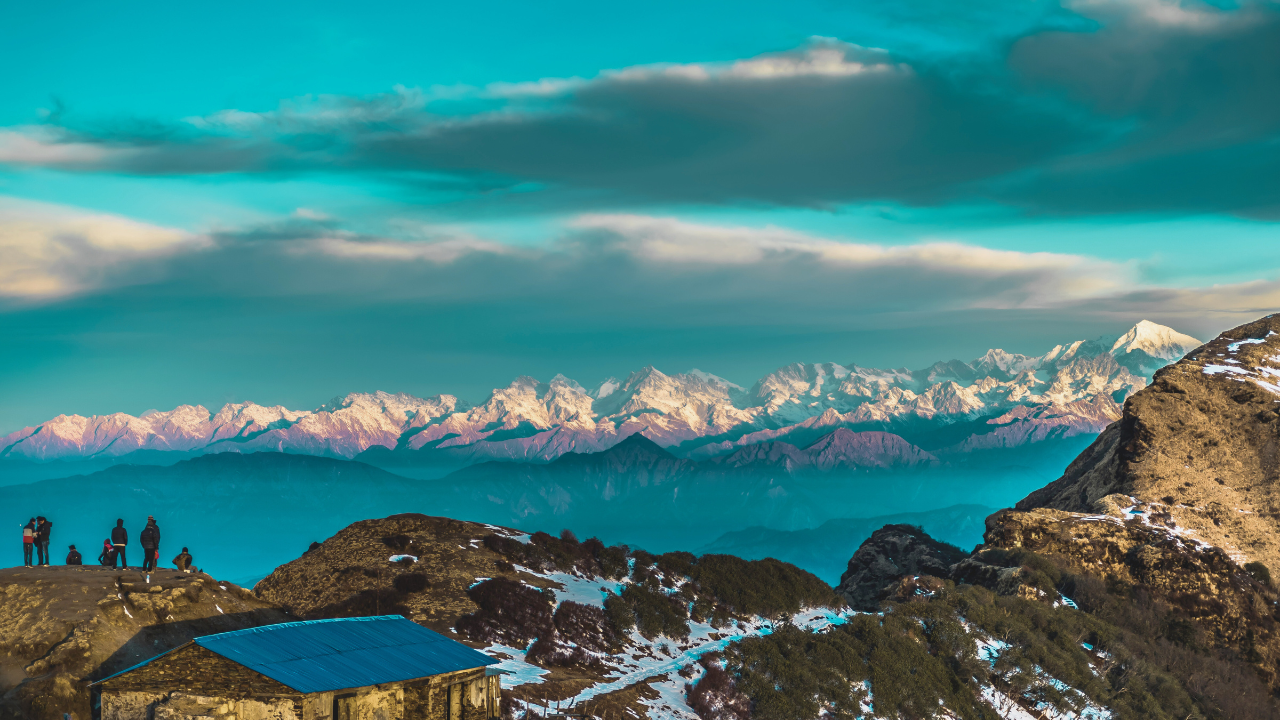







































Comments